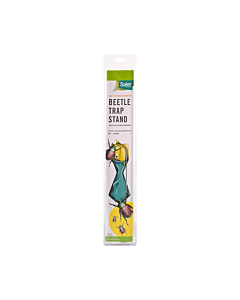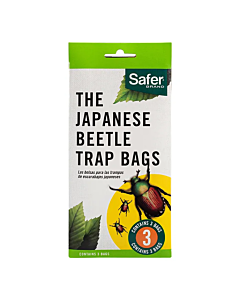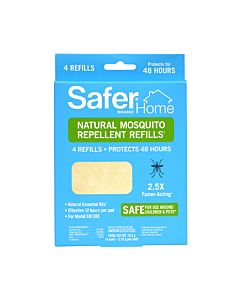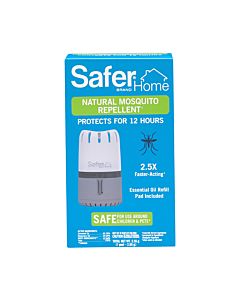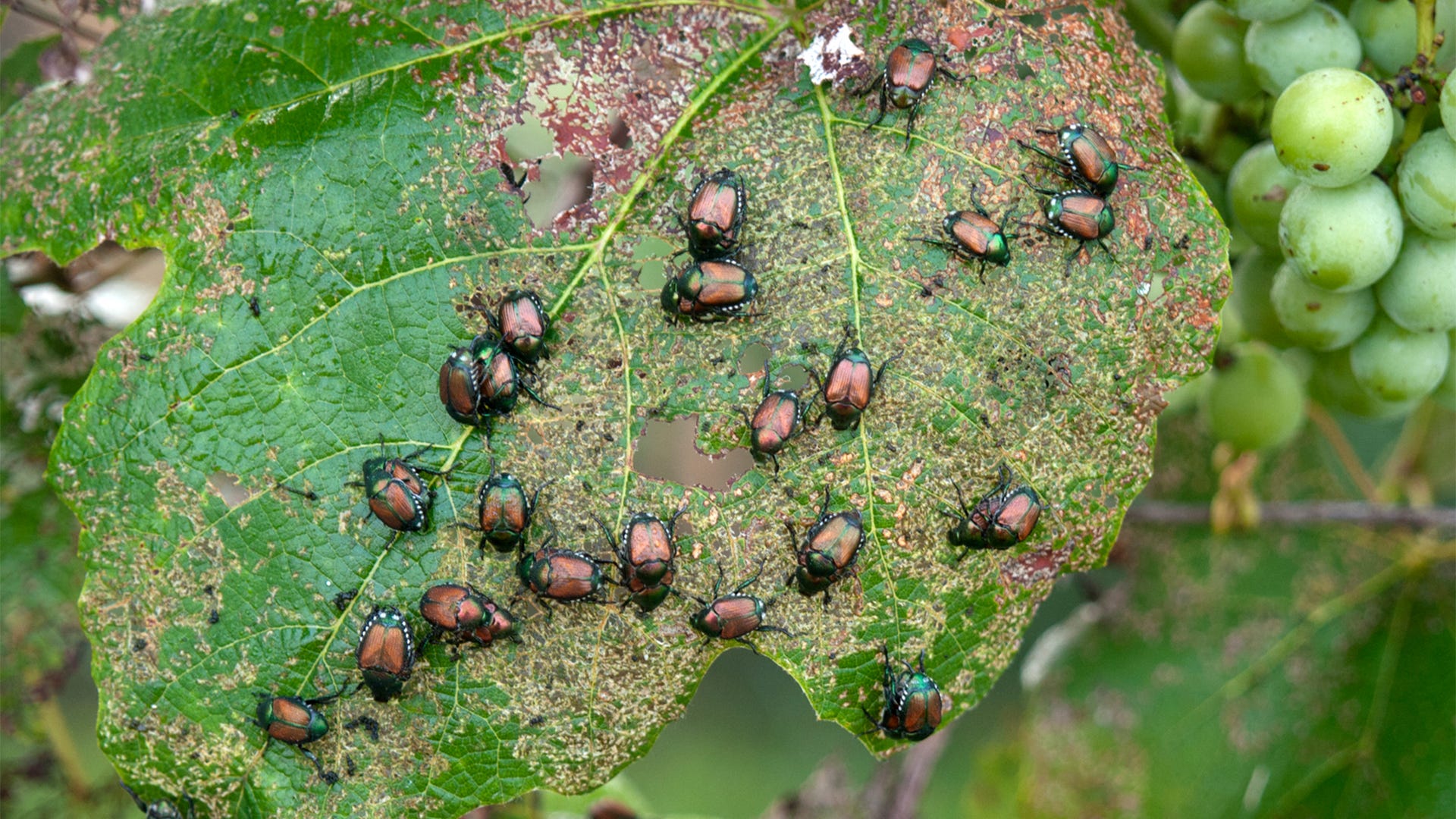
Have you ever gone out to water your garden in the morning only to find holes in your plants’ leaves that weren’t there the day before? Some leaf-eating insects can cause so much damage in just a few days that your plants might be dead within the week! Use our quick guide to identify the pest eating your plant and what solution would be best to keep that bug away from destroying your garden. We’ll also list out a few additional insects below to keep an eye out for that could hurt your plant’s leaves.
Take back your garden with Safer® Brand solutions »
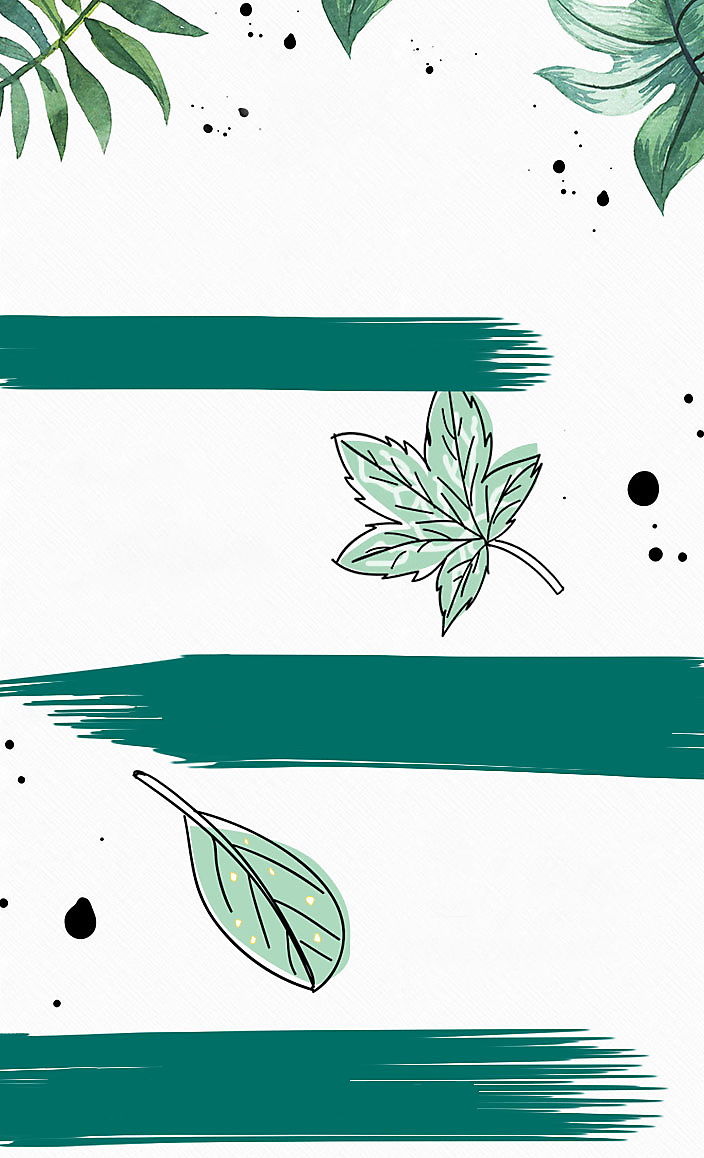
your plants and what solution would be best to protect your plants.
Leafminer (Larvae of flies and beetles)
Damage:Discolored blotches and wiggly lines on leaves
What to do:Mostly harmless (though unsightly), you can use neem oil in early spring to kill leafminers
Sucking Insects (Box suckers,Aphids,Squash Bugs,Spider Mites)
Damage:Tiny holes poked in leaves, yellow mottling, raised pimples, and sticky honeydew excretion
What to do:Spray insecticidal soap on both sides of plant leaves
Vine Weevil (Larvae and adult)
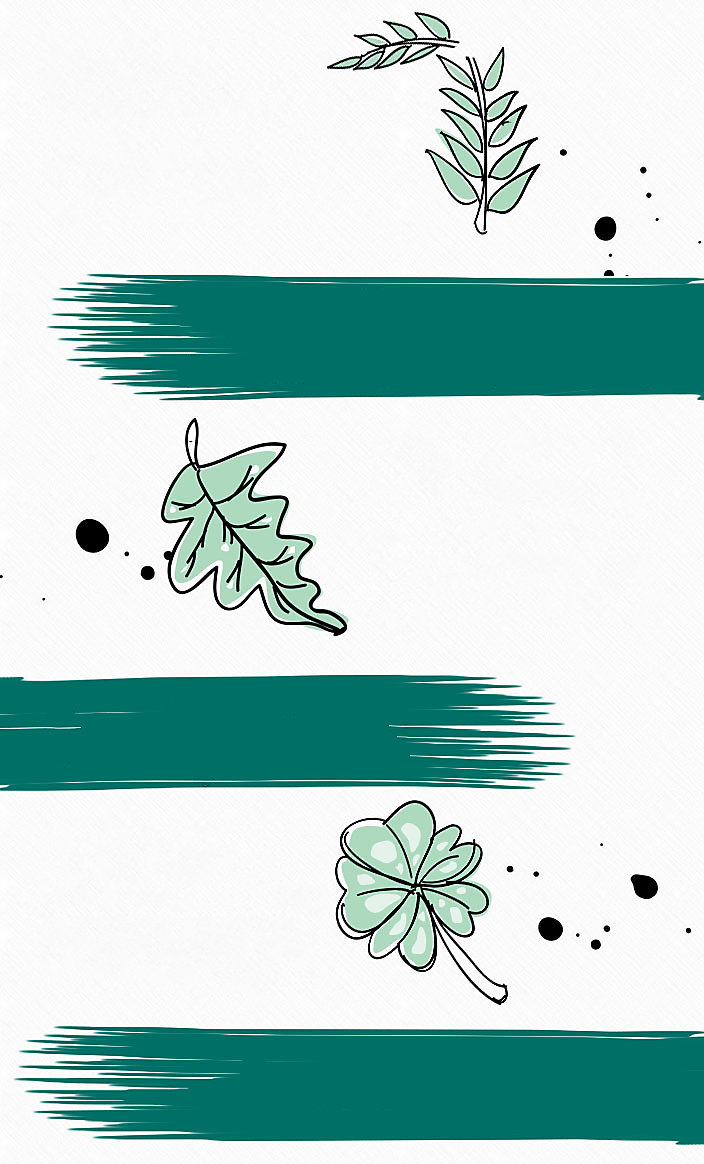
Damage:Plants suddenly collapse due to eating of roots by larvae and edges of leaves by adults
What to do:Use nematodes to eat the larvae and dust plant leaves with diatomaceous earth
Caterpillars (Cabbage white Caterpillars, Tomato Moth, Tomato Hornworms)
Damage:Holes between veins of leaves and black spots "frass" under leaves
What to do:Pick caterpillars and eggs off leaves or apply B.T. to leaves at night
Sawfly Larvae
Damage:Leaf rolling and transparent holes in leaf tissue
What to do:Pick caterpillars off plants and apply insecticidal soap or horticultural oil at night
Leaf Cutting Bees
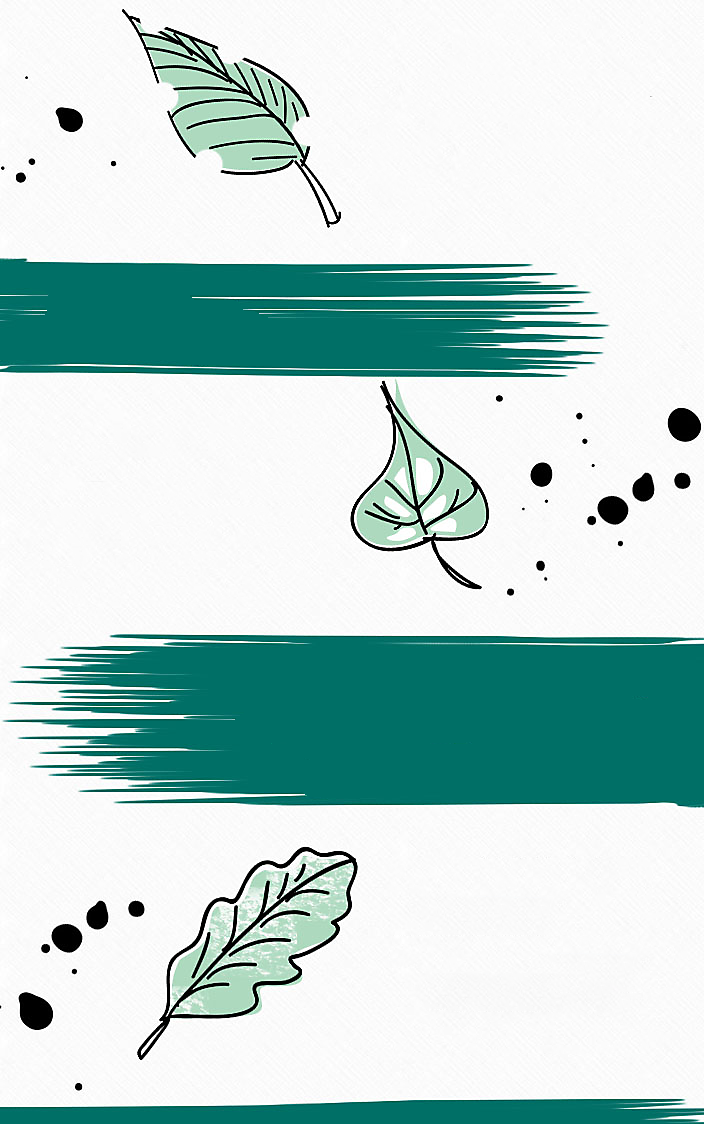
Damage:Half-moon disks along a leaf's edges
What to do:Nothing. Bees will help pollinate your garden and the missing pieces shouldn't kill your plants
Earwigs
Damage:Missing leaf tissue between veins
What to do:Earwigs are more beneficial than harmful, but you can get rid of them using diatomaceous earth
Japanese beetles
Damage:Adults feed on leaf tissue between veins and larvae will cause brown patches in grass
What to do:Capture adults using a Japanese beetle trap or spray insecticidal soap or neem oil
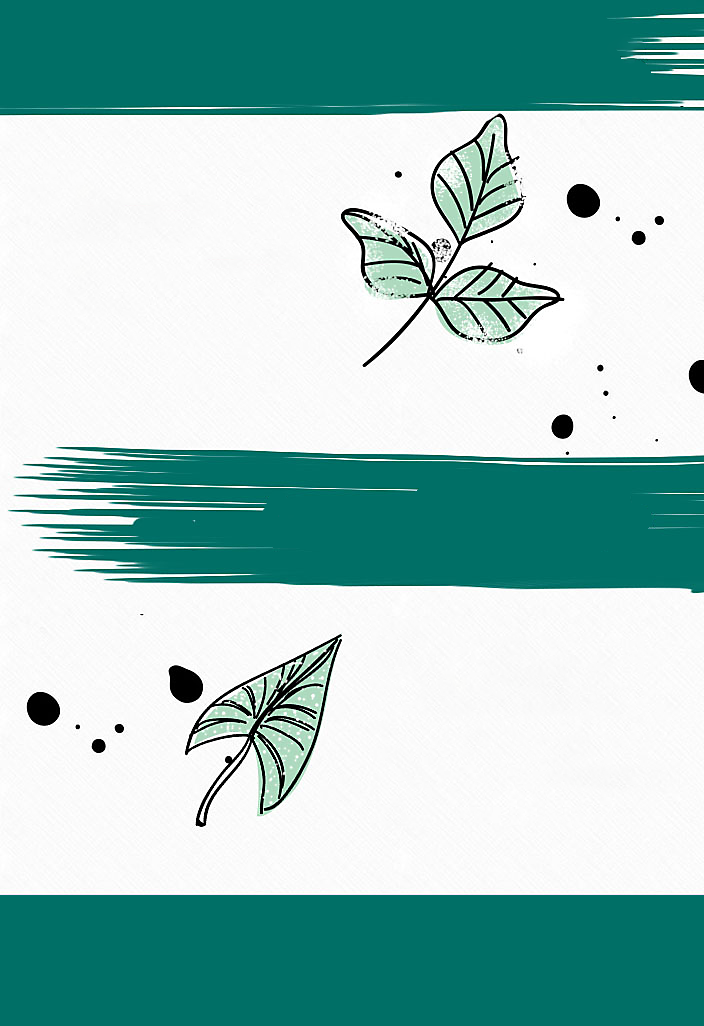
Viburnum Beetle & Larvae
Damage:Speckled holes in leaf between veins or entire leaf flesh eaten during severe infestations
What to do:Remove egg-infested twigs in late summer or release lady bugs for biological control option
Cucumber Beetle
Damage:Tiny transparent circles on leaves of beans, cucumbers, melons, corn, asparagus and squash plants
What to do:Prevent with row covers, nematodes or dust plant leaves with diatomaceous earth Safer
This work is licensed under a Creative Commons Attribution-NoDerivs 3.0 United States License.
If you like our infographic, feel free to share it on your site as long as you include a link back to this post to credit Safer® Brand as the original creator of the graphic.
12 Bugs That Eat Leaves
Since you rarely see the pest that is eating your plants, you often have to decide upon a treatment by observing the damage done. Here are the most common culprits who are eating your leaves and what you can do about it.
- Leafminers are larvae of flies, sawflies, and beetles that feed on leaves and causes discolored blotches or wiggly lines. Leafminers particular like columbine, mums, citrus trees and tomatoes. The damage is usually relatively harmless to the plant but if it does get out of control spray neem oil, like our Safer® Brand Neem Oil RTU spray,on the top and bottom of leaves to protect them.
- Box suckers are wingless nymphs of the box psyllids often found inside ball shaped shoot tips in spring. To control the damage, cut off the shoot tips you find suckers and discard. The damage caused by box suckers looks like tiny holes poked into leaves. Aphids, squash bugs and spider mites are all sucking insects that cause this type of damage. Red spider mite damage will show yellow mottling on leaves. Gall mites will often cause raised pimples or clumps of matted hairs on leaves. Sucking insects are mostly harmless but you can keep them away by using insecticidal soap, like our Safer® Brand Insect Killing Soap.
- Scale insects cause tiny blister or shell-like bumps on leaf backs, sticky excretions, and sooty mold on plant leaves. The damage caused by scale insects could stunt growth so be sure to wash leaves off and spray with horticultural oil or neem oil.
- Thrips are tiny black flies that suck sap from leaves, which causes white patches to appear on leaves and petals of mostly indoor plants. Get rid of thrips with diatomaceous earth (DE) or insecticidal soap.
- Vine weevil larvae are cream-colored grubs with brown heads that feed on plant roots which causes plants to suddenly collapse. Adult vine weevils are flightless nocturnal black beetles that can make notches in leaves. To kill the larvae, use nematodes and, to kill adult vine weevils, use our Safer® Brand Diatomaceous Earth (D.E).
- Caterpillars are probably what comes to mind for most people when you first see holes in your plant’s leaves. For the majority of caterpillars, you can take the time to rub off the eggs you find on the plant and pick off caterpillars. It’s best to go inspect your plants early in the morning, which is when you will most likely find them chewing away. You can also apply sticky traps to capture adult moths before they can lay their eggs on your trees and plants. There are several different kinds of caterpillars that might be causing the damage. Cabbage white caterpillars love to eat brassicas and nasturtiums. Tomato hornworms are the caterpillars who often damage fruits. To get rid of caterpillars, spray your plants Safer® Brand Caterpillar Killer. Caterpillars will leave black excrement dots called “frass” on leaves. Since earwigs can cause similar looking bite patterns in leaves as caterpillars, finding frass is a good way to tell if it is caterpillars that are damaging your plants.
- Earwigs are usually more beneficial than harmful since they eat insect eggs and adult aphids. However, they do like their fair share of soft fruits and new plant growth. Sometimes, older leaves tend to be chewed around the edges and look ragged when earwigs are involved. Use a pot filled with hay to attract earwigs and then release elsewhere. If you’re determined to kill the earwigs invading your home, sprinkle diatomaceous earth around and on plants with bite marks.
- Sawfly larvae are caterpillar-like white larvae that eat leaves on plants like roses, gooseberries and Solomon’s seal. Leaf rolling is a sign of sawflies. They lay their eggs on plants and their larvae eat the leaves, they make holes that still have some plant tissue intact so the damage looks transparent. It may eventually break down and leave holes. Use insecticidal soap or horticultural oil to protect your plants from sawfly larvae. You can also pick caterpillars off plants.
- Viburnum beetles, both the adult and larvae, eat leaves, which can slow your plant’s growth and looks ugly. To get rid of viburnum beetles and larvae, throw out twigs in late summer that have viburnum beetles’ eggs on them or release lady bugs in the spring to capture the larvae.
- Japanese beetles feed on flowers and the tissue between leaf veins. Their larvae often causes brown patches in grass. To get rid of Japanese beetles, spray your plants and grass area with neem oil and set up these Japanese beetle traps to capture the adults.
- Slugs and snails like areas that are moist and shady and eat irregular-shaped holes in the leaf (but not along the edges). To see of snails and slugs are your plant-eating culprits, come out at night with a flashlight and look under leaves. Pour beer in a used, open tuna tin or plate to attract slugs and snails away from plants and into the beer. Slugs and snails often leave shiny trail on leaves and the holes are larger than a pencil eraser but smaller than a quarter. Slugs will also eat ripening fruit touching the ground. If you have a bad infestation, use Dr. T’s Slug and Snail Killer for quick results that won’t harm other beneficial insects.
- Cucumber beetles can destroy an ornamental overnight. Cucumber beetles will leave tiny transparent circles on plant leaves. Take immediate action to control these plant bugs with diatomaceous earth or use row covers to protect plants before cucumber beetles become a problem.
Don’t think your plants are being eaten by any of these bugs? Animals can often eat your plants too so watch out for possums, rats, deer and rabbits around your garden.

